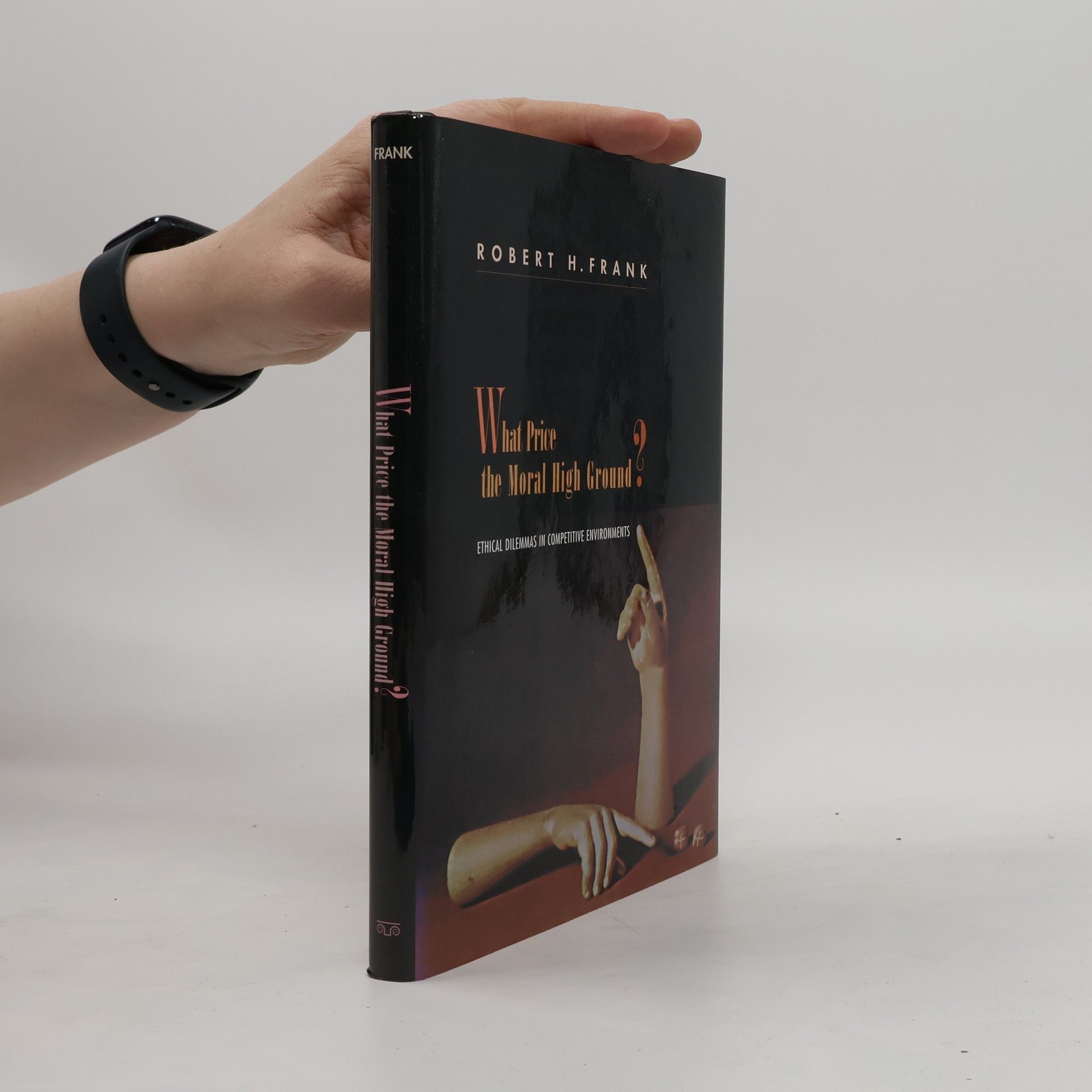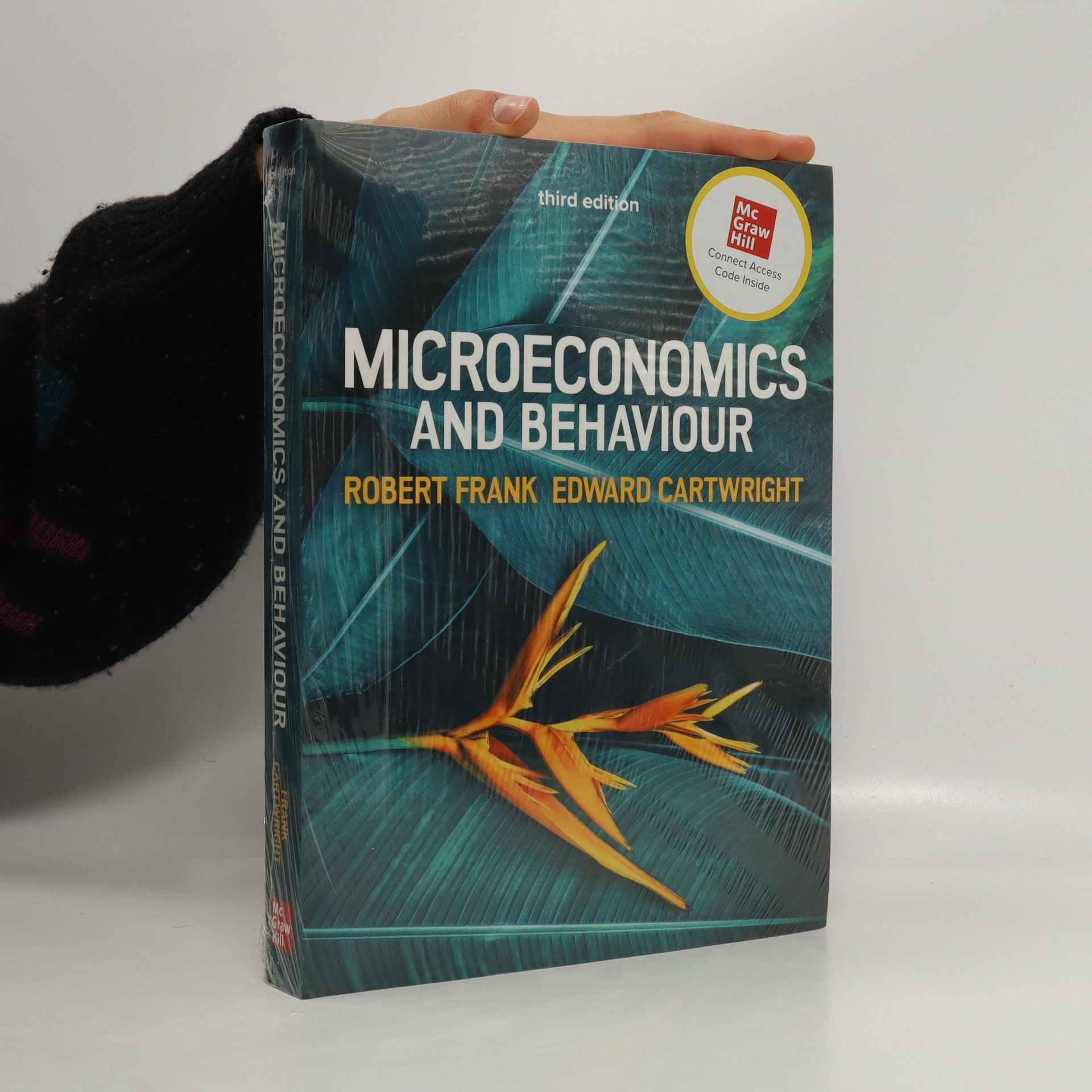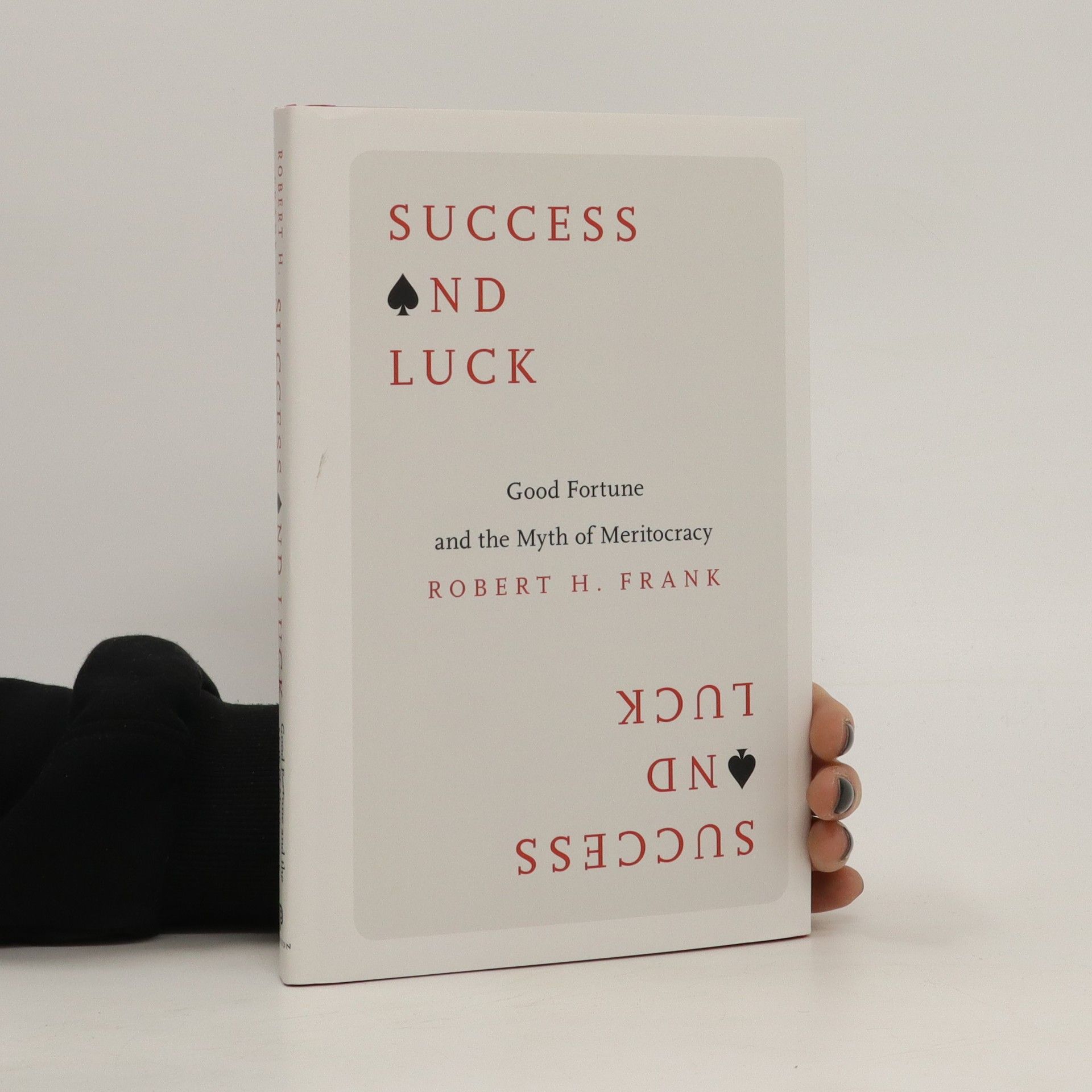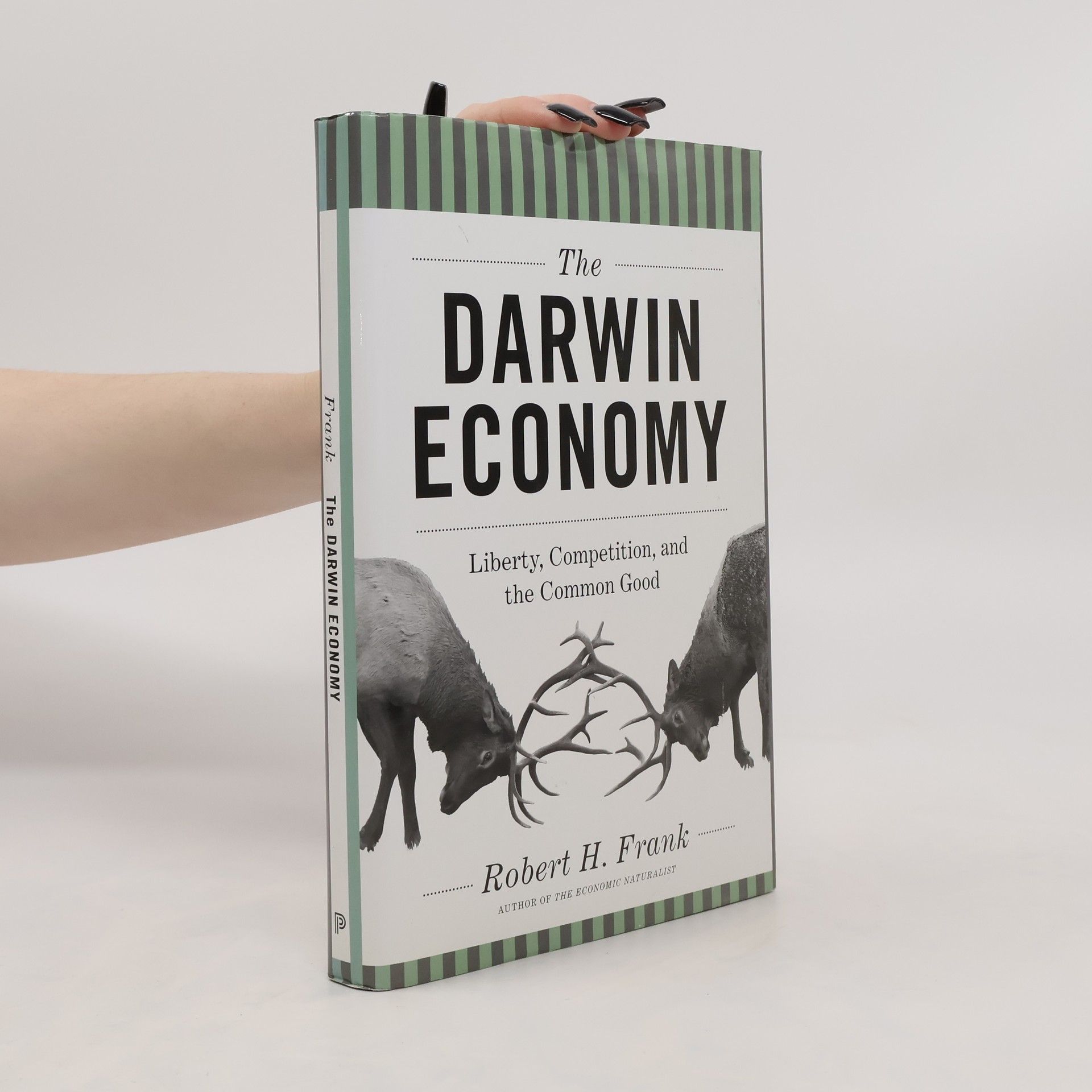Dlaczego piloci kamikadze zakładali hełmy? Czyli ekonomia bez tajemnic wyd. 2023
- 292 pages
- 11 hours of reading
PrzEKONaj się cO decyduje zaMIAst Ciebie. Codzienne absurdy okiem profesora ekonomii z Uniwersytetu Cornella i jego studentów. Dlaczego mleko sprzedawane jest w sześciennych opakowaniach, a coca-cola w cylindrycznych? Co sprawia, że czarne laptopy Apple są droższe niż białe, a modelki zarabiają o wiele więcej niż modele? Czemu służą zamki w drzwiach sklepów czynnych przez całą dobę? Dlaczego guziki w ubraniach męskich są po prawej, a w kobiecych po lewej stronie? Życie pełne jest zagadek, nie zawsze przez nas uświadamianych. Znany profesor ekonomii prestiżowego amerykańskiego uniwersytetu oraz jego studenci udowadniają, że wystarczy znać tylko kilka prawideł ekonomicznych, aby zrozumieć setki absurdów, z którymi stykamy się na co dzień. Oto najlepszy kurs ekonomii dla żółtodziobów. Na wesoło i z biglem! Robert H. Frank – profesor ekonomii na Cornell University. Felietonista „The New York Times”. Autor wielu publikacji naukowych i popularnonaukowych.







